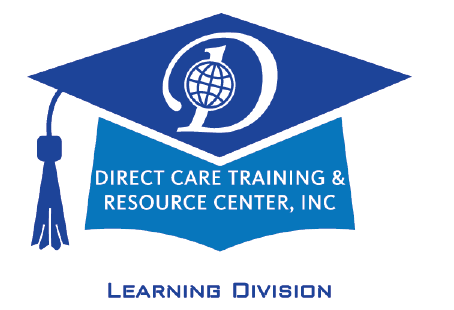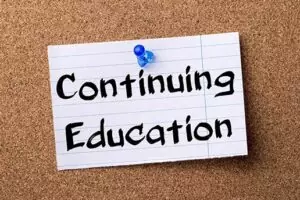
Vocational rehabilitation programs play a crucial role in helping individuals with disabilities or those recovering from injuries to gain or regain the skills necessary for employment and overall societal integration. Integrating professional photography and photographers into these programs can significantly enhance their quality, effectiveness, and credibility. This article delves into the various ways this integration can be achieved; providing insights, examples, and evidence to support these points.
1. Skill Development through Photography:
Photography as a skill offers a wide range of benefits. It is not only a form of artistic expression but also involves technical knowledge and precision. Vocational rehabilitation programs can include photography courses, where participants learn about camera operation, composition, lighting, and editing. These skills can open up numerous employment opportunities in fields like media, advertising, and freelance photography. At the same time, a voc rehab provider can identify businesses who can use photos of certain items for their own marketing and arrange to provide them in a jointly organized project.
2. Therapeutic Benefits:
Photography can be therapeutic. It encourages individuals to explore their creativity, which can be particularly beneficial for those dealing with mental health issues or cognitive impairments. The process of focusing on a subject, framing a shot, and creating something beautiful can provide a sense of accomplishment and boost self-esteem.
3. Professional Photographers as Mentors:
Collaborating with professional photographers can be immensely beneficial. These professionals can serve as mentors, offering hands-on training and real-world insights into the photography industry. This mentorship can include workshops, one-on-one sessions, and even opportunities to assist on professional shoots, providing practical experience.
4. Building a Portfolio:
A key aspect of vocational training in photography is portfolio development. Participants can be guided to build a professional portfolio, showcasing their best work. This portfolio becomes a critical tool in seeking employment or freelance opportunities, demonstrating their skills and creativity to potential employers or clients.

5. Networking Opportunities:
Professional photographers can introduce participants to industry networks. Networking is crucial in the creative fields, and having contacts within the photography community can open doors to job opportunities, collaborations, and continuous learning.
6. Adaptive Techniques for Diverse Needs:
Photography can be adapted to suit individuals with various disabilities. For instance, cameras can be modified for easier handling, or software can be used that is more accessible for individuals with visual or motor impairments. This inclusivity ensures that everyone has the opportunity to learn and excel in photography.
7. Showcasing Success Stories:
Vocational rehabilitation programs can use the success stories of participants who have excelled in photography to inspire others. Exhibitions or online galleries showcasing their work can highlight the effectiveness of the program and encourage more individuals to participate. These success stories serve as powerful testimonials to the transformative power of integrating photography into vocational rehabilitation.

8. Collaboration with Industries and Agencies:
Establishing partnerships with photography studios, media houses, and advertising agencies can provide participants with internship or employment opportunities. These collaborations can also lead to projects where participants can apply their skills in real-world scenarios, further enhancing their learning and employability.
9. Use of Technology and Online Platforms
Leveraging technology, such as online tutorials, digital editing software, and virtual exhibitions, can make learning more accessible and widespread. Online platforms can also be used for marketing the participants’ work, helping them to establish an online presence and reach a broader audience.

10. Continuous Learning and Upgradation
The field of photography is constantly evolving with modern technologies and styles. Vocational rehabilitation programs should include components for continuous learning, allowing participants to stay updated with the latest trends and techniques. This approach ensures long-term relevance and adaptability in the job market.
My Article Summary and Conclusion…
Integrating professional photography and photographers into vocational rehabilitation programs offers a multifaceted approach to skill development, therapeutic engagement, and employment opportunities. It not only equips participants with a valuable skill set but also fosters creativity, confidence, and a sense of accomplishment. By adapting to the diverse needs of participants and staying abreast of industry trends, these programs can significantly enhance their quality and effectiveness, paving the way for successful careers and enriched lives for those they serve.

A Trade Article by Direct Care Training & Resource Center, Inc. Visit our Blogs at www.directcaretraining.com. Photos used are designed to complement the written word and do not imply any affiliation with or support of any individual or organization and may belong to their respective copyright or license holders.

Another Blog Post by Direct Care Training & Resource Center, Inc. Photos used are designed to complement the written content. They do not imply a relationship with or endorsement by any individual nor entity and may belong to their respective copyright holders.
| Follow us in the Social Stratosphere… | ||||
|
|





